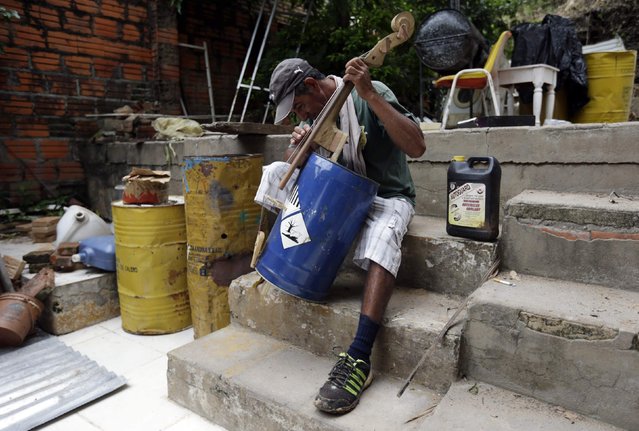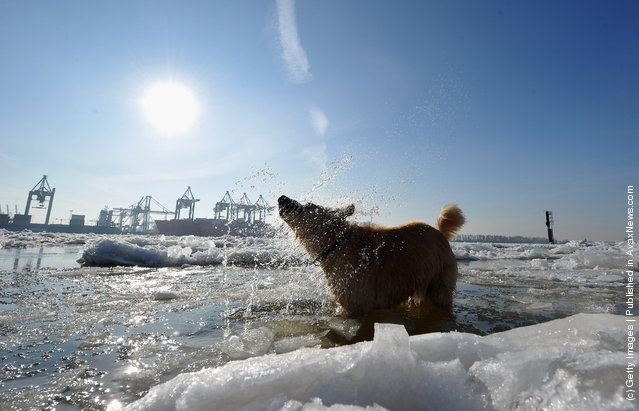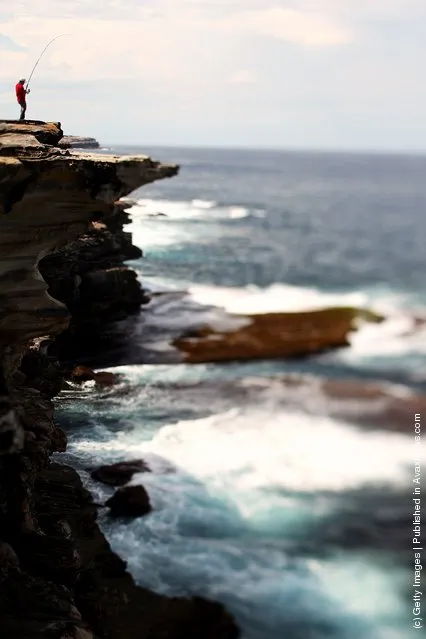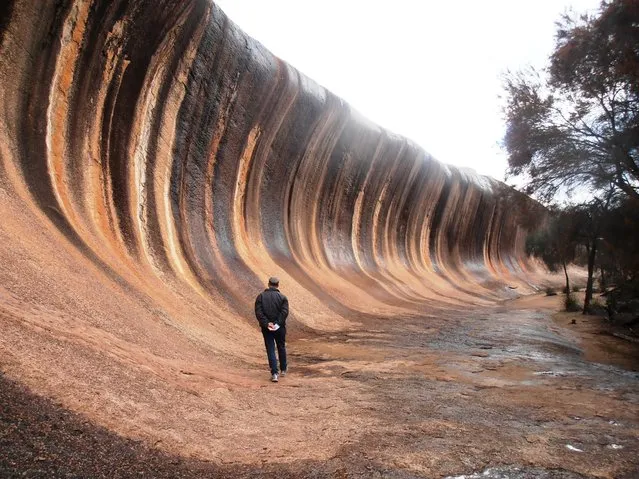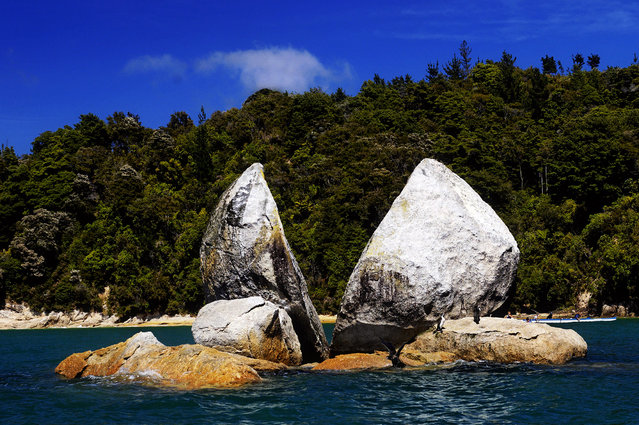
A Ukrainian man stands in protest in front of gunmen in unmarked uniforms as they stand guard in Balaklava, on the outskirts of Sevastopol, Ukraine, Saturday, March 1, 2014. (Photo by Andrew Lubimov/AP Photo)
02 Mar 2014 08:11:00,post received
0 comments


